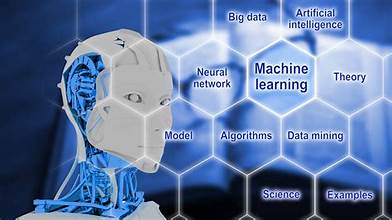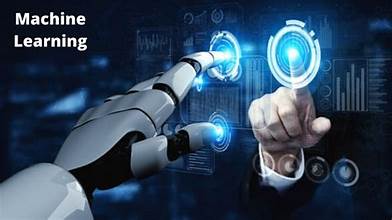Machine Learning
Machine learning models are powerful tools that can uncover patterns and insights from data, making them invaluable in various fields. However, as models become more complex, there is a risk of overfitting, where the model performs exceptionally well on the training data but fails to generalize to new, unseen data. This is where regularization comes into play. In this blog post, we will delve into the concept of regularization in machine learning, exploring its importance, types, and practical applications.
I. The Need for Regularization: In machine learning, the goal is to build models that generalize well to new, unseen data. Overfitting occurs when a model learns the training data too well, capturing noise and outliers rather than the underlying patterns. Regularization is a technique used to prevent overfitting by adding a penalty term to the model’s loss function, discouraging it from becoming too complex.
II. Types of Regularization Techniques:
A. L1 Regularization (Lasso): L1 regularization adds the absolute values of the coefficients as a penalty term to the loss function. This encourages the model to eliminate irrelevant features, effectively performing feature selection. L1 regularization is particularly useful when dealing with high-dimensional data where feature sparsity is desired.
B. L2 Regularization (Ridge): This helps to prevent large coefficient values and, in turn, reduces the model’s sensitivity to outliers. Ridge regularization is effective when dealing with multicollinearity, where predictor variables are highly correlated.

C. Elastic Net Regularization: Elastic Net combines both L1 and L2 regularization, providing a balance between feature selection and coefficient shrinkage. This hybrid approach is beneficial in situations where there are many correlated features.
III. Mathematical Formulation: To grasp the essence of regularization, it’s essential to understand its mathematical formulation. The regularization term is added to the standard loss function, altering the optimization problem the model seeks to solve. This modification ensures that the model not only minimizes the error on the training data but also considers the complexity of the model.
IV. Bias-Variance Tradeoff: Regularization plays a crucial role in managing the bias-variance tradeoff. A model with high bias tends to oversimplify the underlying patterns, while a model with high variance captures noise and fluctuations in the training data. Regularization helps strike a balance, controlling model complexity to achieve better generalization.
V. Practical Applications of Regularization:
A. Image and Speech Recognition: In computer vision and speech processing, regularization is applied to neural networks and deep learning models to enhance performance on diverse datasets. It aids in preventing overfitting, allowing the models to recognize patterns in new, unseen images or speech samples.

B. Finance and Economics: Regularization techniques are widely used in predicting stock prices, risk assessment, and financial modeling. By preventing overfitting, these models can provide more reliable predictions in dynamic financial markets.
C. Healthcare: In healthcare, regularization is employed in predictive modeling for disease diagnosis, prognosis, and personalized treatment plans. It ensures that the models generalize well to different patient populations and clinical scenarios.
VI. Implementing Regularization in Machine Learning Frameworks: Popular machine learning frameworks like scikit-learn, TensorFlow, and PyTorch provide built-in support for regularization. Practitioners can easily incorporate regularization techniques into their models by adjusting hyperparameters or using dedicated regularization functions.
Conclusion: Regularization is a fundamental concept in machine learning, addressing the challenge of overfitting and enhancing model generalization. Understanding the types of regularization, its mathematical formulation, and practical applications empowers data scientists and machine learning practitioners to build more robust and reliable models. As the field of machine learning continues to evolve, regularization remains a key tool in the quest for creating models that not only excel on training data but also generalize effectively to real-world scenarios.
Read moreThe Ingenious Design of Solar Cars driving into the future